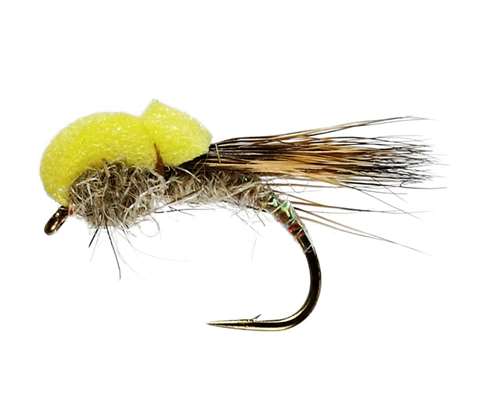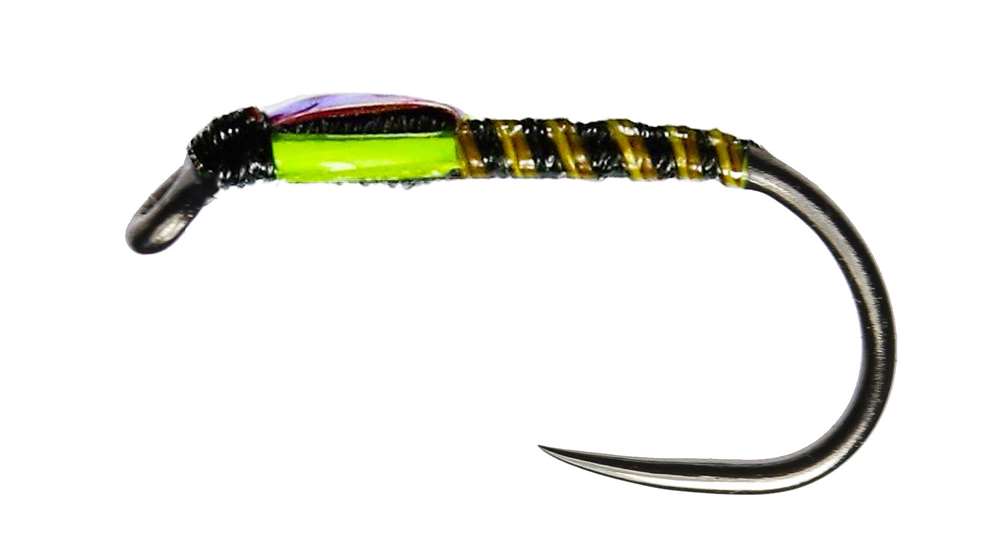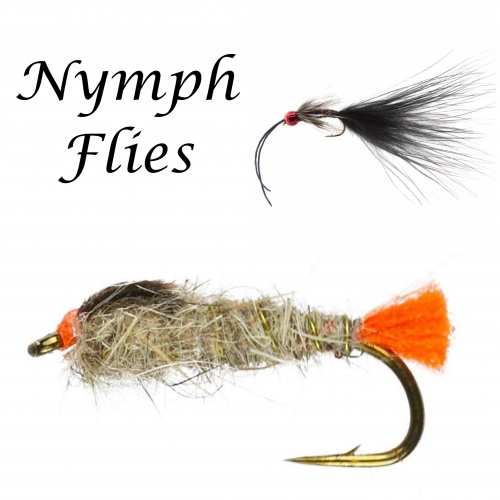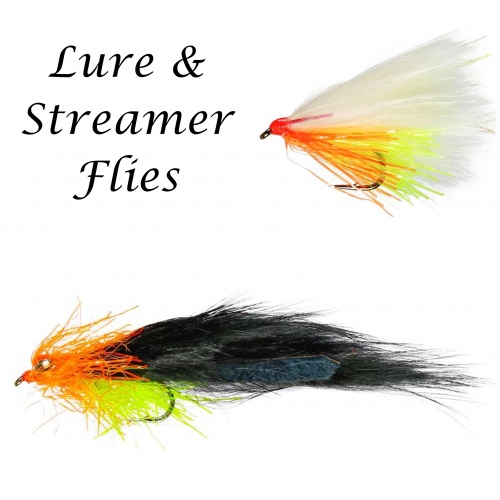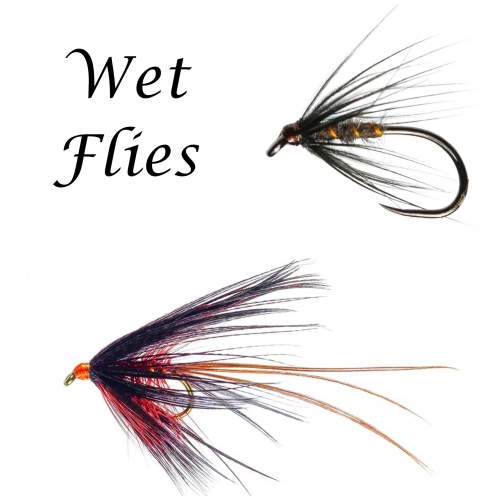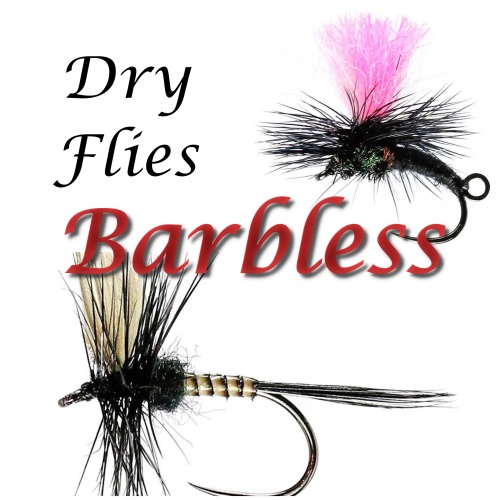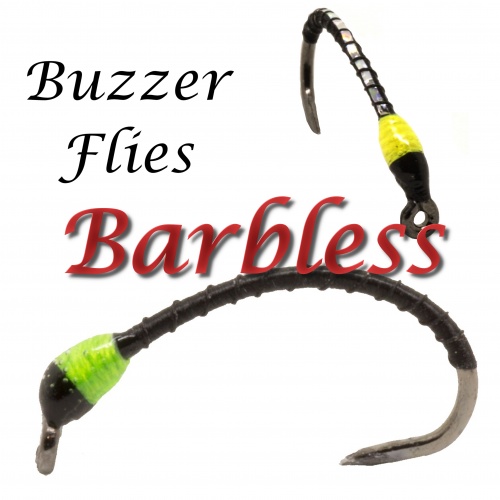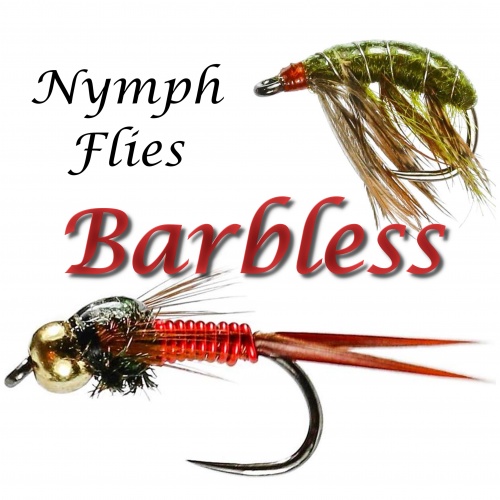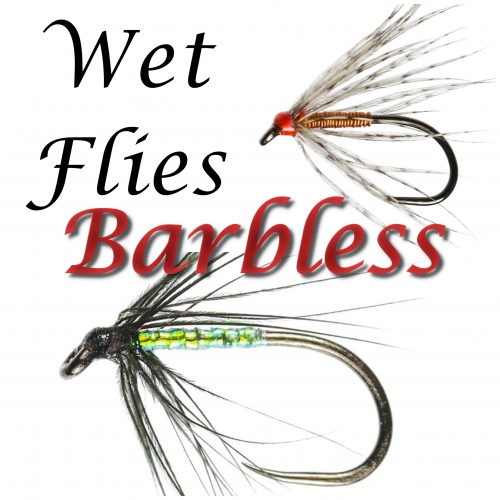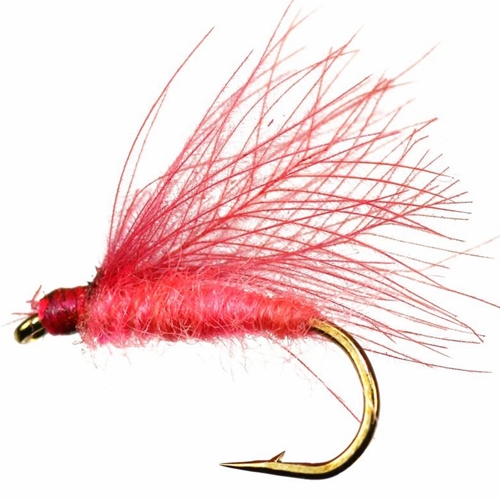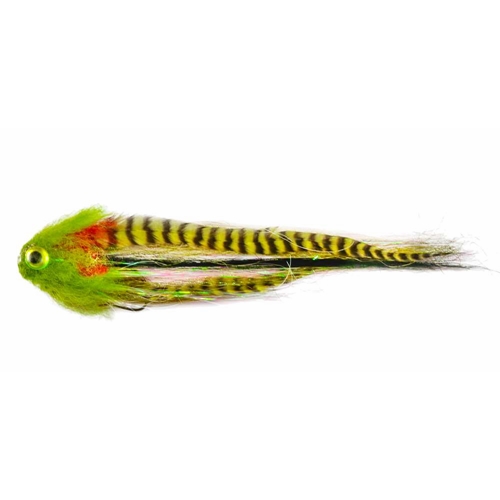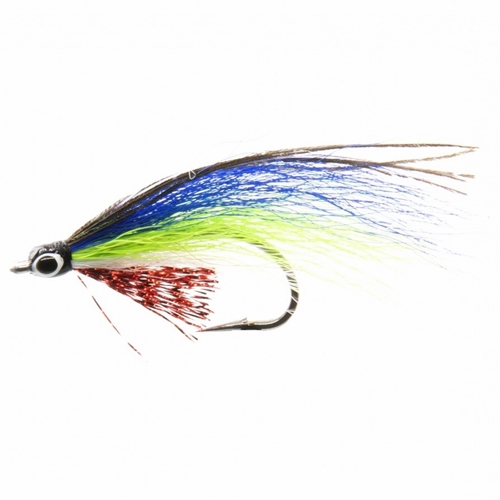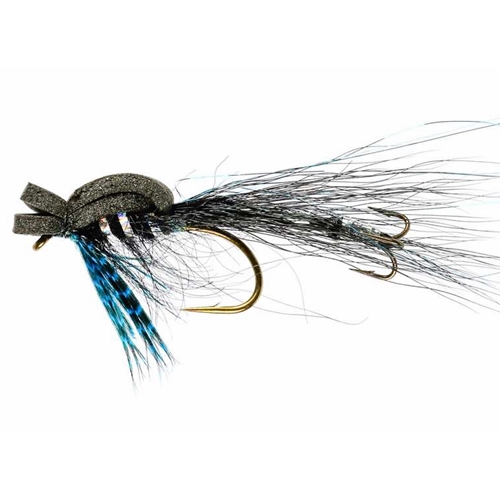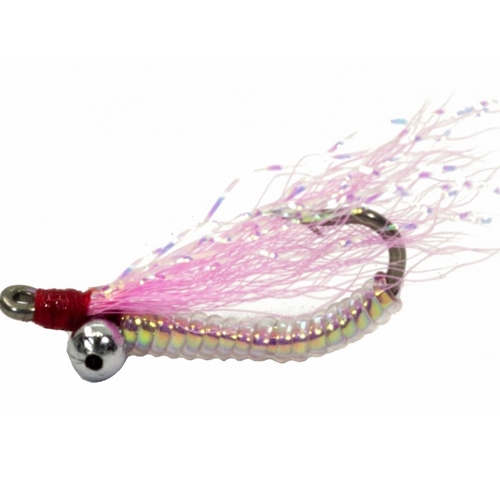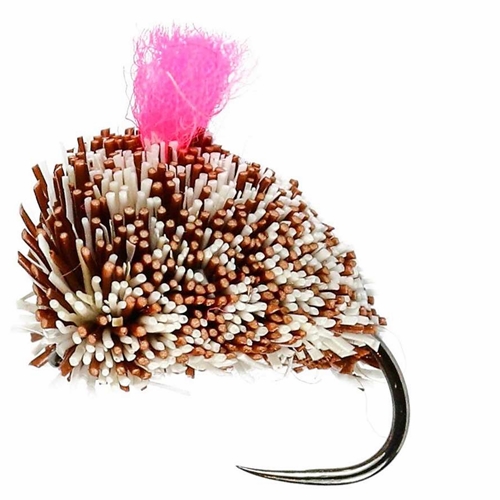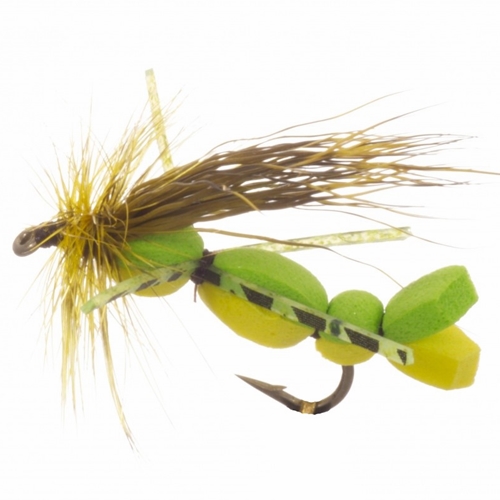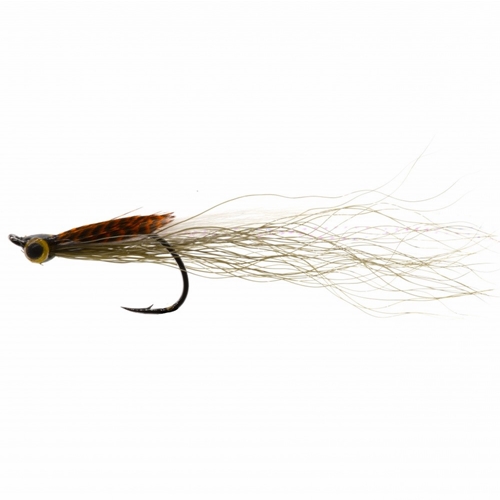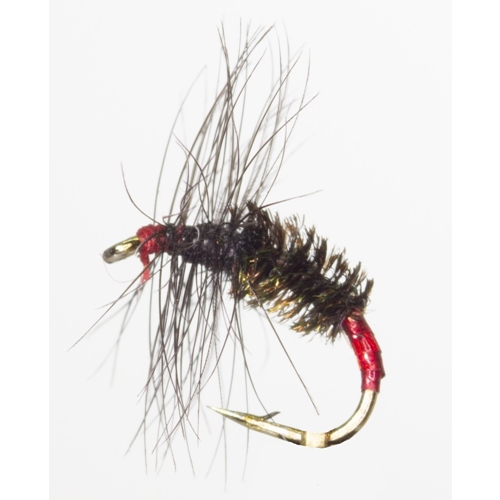 Continuing our series on fly fishing flies, we’re now moving on to the stonefly. We will additionally say something about their most common locations, if you are an angler who enjoys a bit of world travel.
Continuing our series on fly fishing flies, we’re now moving on to the stonefly. We will additionally say something about their most common locations, if you are an angler who enjoys a bit of world travel.
The stonefly is a relatively large aquatic insect commonly found in cool, clean trout water throughout North America. Even though they are less common than mayflies and caddis owing to environmental factors, stoneflies can be quite important to trout and steelhead anglers in the western United States (especially in the Pacific Northwest). They can make a well-prepared mid-western or eastern trout fly fisher's day during a prolific spring, summer, or autumn hatch in ultra-clean and in higher elevation lakes, rivers, and streams.
Stoneflies display easily recognisable characteristics throughout their typical life cycle. Most often they are identified as nymphs by their long matched tails and antennae. As adults, stoneflies display two sets of wings. These wings do not, however, work in unison during flight, which renders this insect rather awkward when airborne.
Over the course of the next few blogs we’ll say more about the entomology as well as the fly fishing flies you should use for different circumstances.

